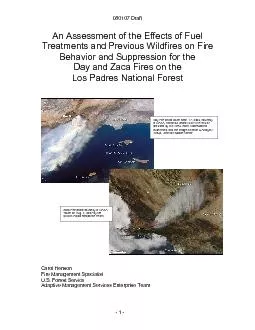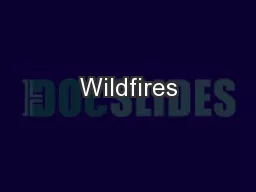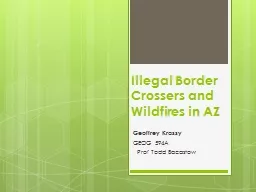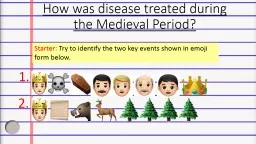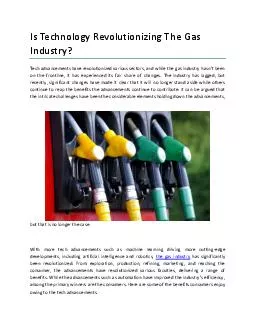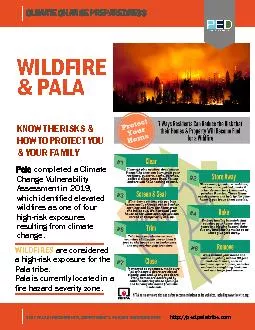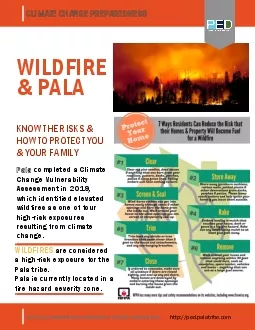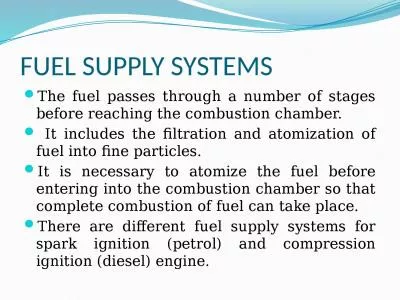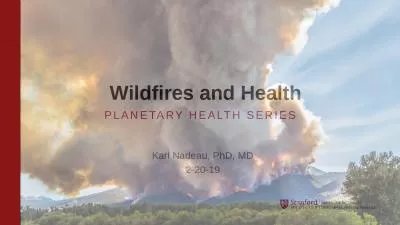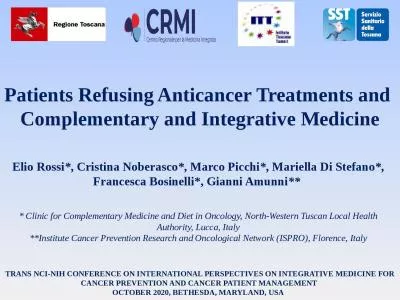PDF-An Assessment of the Effects of Fuel Treatments and Previous Wildfires
Author : arya | Published Date : 2021-06-08
080107 Draft Day Fire photo taken Sept 17 2006 courtesy of NASA Astronaut photo ISSO13E81687 provided by ISS Crew Earth Observations experiment and the Image Science
Presentation Embed Code
Download Presentation
Download Presentation The PPT/PDF document "An Assessment of the Effects of Fuel Tre..." is the property of its rightful owner. Permission is granted to download and print the materials on this website for personal, non-commercial use only, and to display it on your personal computer provided you do not modify the materials and that you retain all copyright notices contained in the materials. By downloading content from our website, you accept the terms of this agreement.
An Assessment of the Effects of Fuel Treatments and Previous Wildfires: Transcript
Download Rules Of Document
"An Assessment of the Effects of Fuel Treatments and Previous Wildfires"The content belongs to its owner. You may download and print it for personal use, without modification, and keep all copyright notices. By downloading, you agree to these terms.
Related Documents

